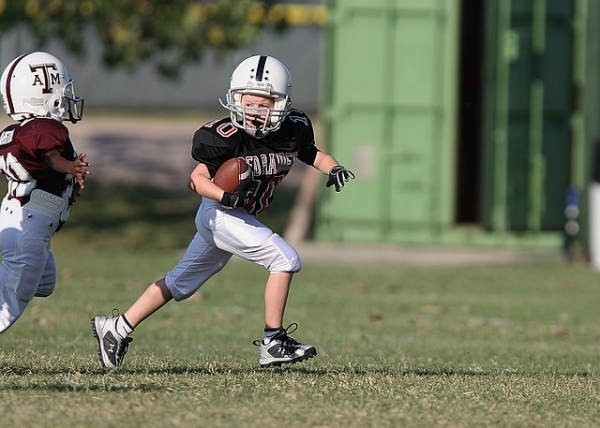Connect With Us
Blogs

Youth Sports (2)
At Superior Foot & Ankle Care Center, we find that patients may not accurately understand the seriousness of decreased circulation to the lower extremities. The medical condition known as peripheral arterial disease (PAD) describes a situation where plaque (fatty deposits or cholesterol) have adhered to the walls of the arteries that lead to your legs and feet causing a partial or total blockage. This restricts the blood flow to the lower half of your body. PAD is often associated with diabetes and a significant cause of some of the more serious complications of the disease. When oxygen and nutrient-rich blood cannot get to your legs and feet in significant quantities, it makes it difficult to heal wounds and ulcers. This can lead to infection and, in extreme cases, amputation.
Recognize the Symptoms
There is a variety of symptoms of PAD that you may observe or experience. These include:
- Pain or cramping in your feet, legs, thighs or buttocks
- Feeling of coldness in your legs
- Hair loss on your toes and legs
- Bluish or reddish tinge to the skin on your feet or under the toenails
- Thickening and discoloration of your toenails
- Ulcers or wounds on your feet that have not healed after 8-12 weeks
If you notice any of these signs, you should contact our Long Beach office for an appointment by calling: (562) 420-9800. Our podiatrists, Dr. Victoria M. Foley or Dr. Constance Ornelas will want to examine your feet. There are a number of simple, non-invasive tests the foot doctor can perform to see if your symptoms point to PAD.
Reducing Your Risk
In addition to diabetes, PAD is also more common in patients who have high blood pressure, high cholesterol, heart disease or who have suffered a stroke. You are also at a higher risk for developing PAD if you are over the age of 50 or have a family history of PAD, heart disease or stroke. The good news, however, is that some risk factors for PAD are within your control to control. These include:
- Smoking
- Sedentary lifestyle
- Obesity
Making healthy lifestyle choices now and partnering with your podiatrist to monitor your foot health can help you prevent PAD or slow its progression. If you have additional questions about PAD, contact us at our Long Beach office in Douglas Park CA.
During July, we celebrate National Youth Sports Week. As many of our young patients begin to think about conditioning for fall sports, we at Superior Foot & Ankle Care Center would like to share some information about how to protect your child’s feet and encourage safe sports participation.
Start Early
Participating in a sport has many benefits. It helps your child be physically fit and maintain a healthy weight and hopefully inspires them to develop a healthy lifestyle. While it may seem like the start of the school year is still far away, it takes time to get a body properly conditioned for a sport. If your child has spent the summer glued to their phone and video games, it’s essential that they get off the couch and start some regular physical activity. Check with your child’s coach to see if there are specific conditioning exercises that are recommended.
Put Your Best Foot Forward
Before the start of a new sports season, it’s a good idea to get a checkup with one of our podiatrists, Dr. Victoria M. Foley or Dr. Constance Ornelas. You can call our Long Beach office at (562) 420-9800 to schedule an appointment. The foot doctor can do a complete examination of your child’s feet and ankles and also follow up on any previous sports injuries. If there are chronic conditions such as weak ankles or Sever’s disease, the podiatrist can make recommendations for shoe designs and strategies to help reduce discomfort and risk for injury.
Check the Shoes
The most important piece of equipment for any sport is your shoes. Some tips to consider:
- Buy shoes that are designed for the sport that your child is doing. Different sports require different types of movement for your feet, and today’s sports shoes are designed to accommodate the specific moves associated with a particular sport.
- Get your child’s foot professionally measured. Even if your child has played the sport before, chances are they will have outgrown last season’s shoes.
- Don’t buy big—yes, it’s frustrating how often kids shoes need to be replaced, but a snug fit prevents blisters and feet slipping around which, can result in ankle sprains and other injuries.
If you have additional questions about your child’s feet and sports, don’t hesitate to contact us.


